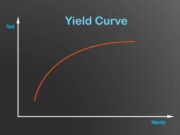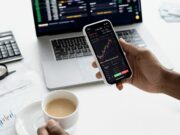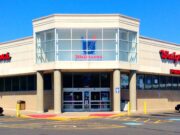Bagging the Street
What is 'Bagging the Street' An investor's failure to avoid trading in the stocks that are part of a block and also...
Blockchain
Blockchain Blockchain is a public ledger that contains all the transaction done in Bitcoin that have been executed till date. Since there are...
Bear Market
A bear market refers to a market in which the prices of securities take a dip resulting in significant losses. It is quite difficult...
Bull Market
DefinitionA market trend is a perceived tendency of financial markets to move in a particular direction over time. These trends are classified as secular...
Basis Point
DefinitionA basis point is one hundredth of a percent or equivalently one ten thousandth. The related concept of a permyriad is literally one part...
Backflip Takeover
What is 'Backflip Takeover' An uncommon type of takeover in which the acquirer becomes a subsidiary of the acquired or targeted company,...






























